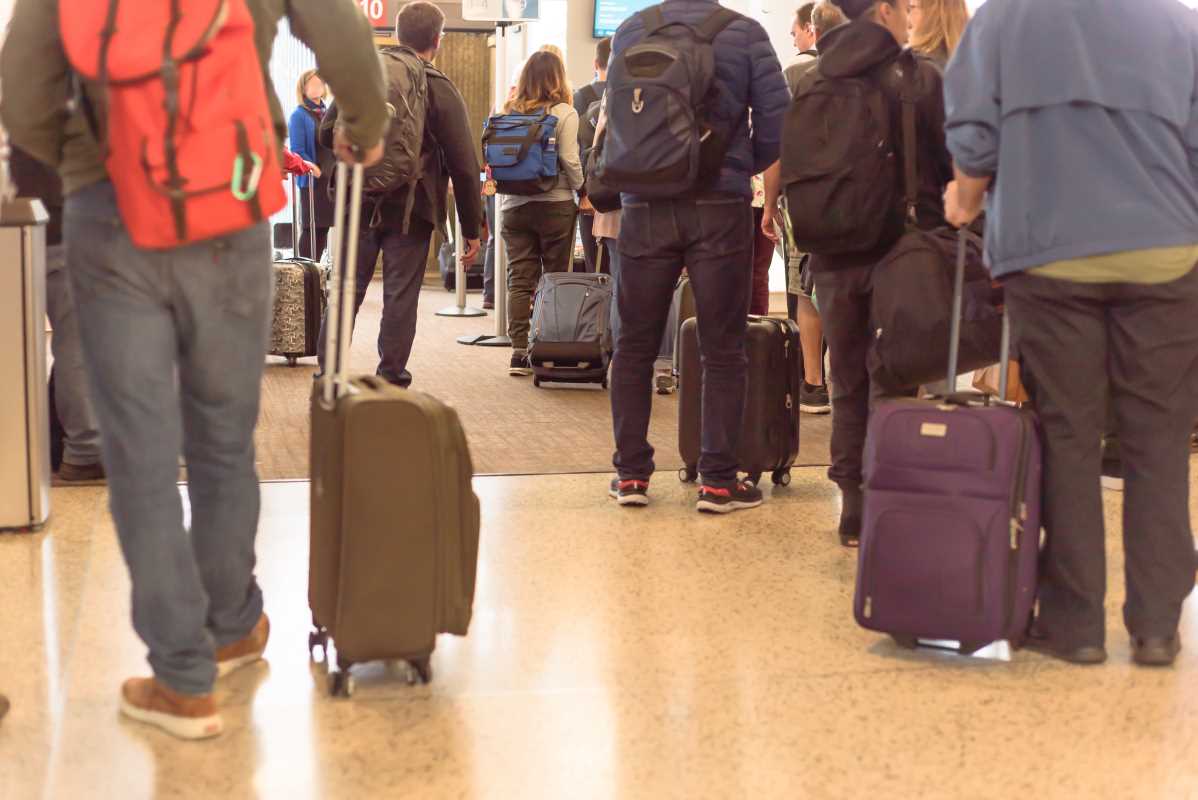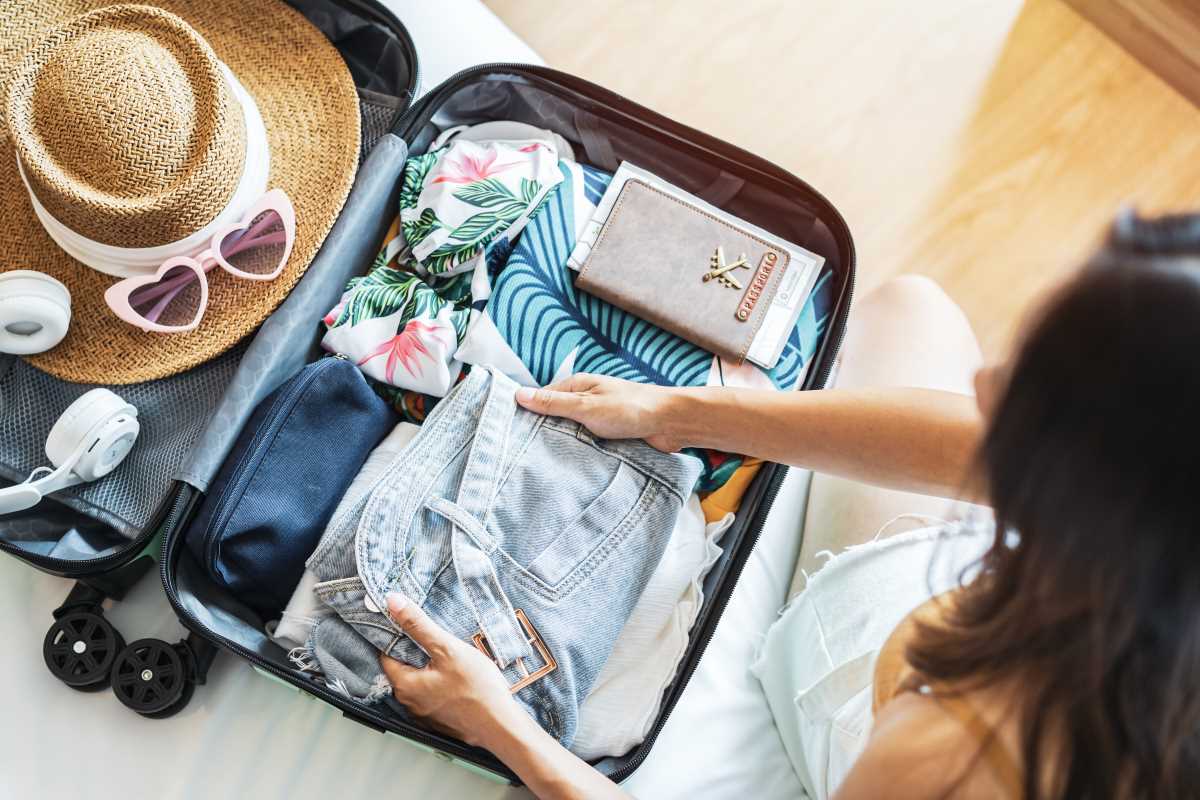Travel in 2025 looks drastically different from just a few years ago. New technologies, shifting global dynamics, and evolving traveler expectations have created both exciting opportunities and fresh challenges for adventurous explorers. Artificial intelligence now helps plan personalized itineraries in minutes, while digital nomad visas have opened doors to extended stays in countries that once seemed impossible to visit long-term. At the same time, increased flight prices, crowded destinations, and complex entry requirements mean that savvy travelers need every advantage they can get. The key to successful travel in 2025 isn't just about knowing where to go—it's about mastering the smart strategies that can save you time, money, and stress while maximizing your experiences. Whether you're planning a weekend getaway or a multi-month adventure, the right travel hacks can transform your journey from ordinary to extraordinary, helping you navigate the modern travel landscape with confidence and ease.
Harness AI for Smarter Trip Planning
Artificial intelligence has revolutionized how we plan and book travel, offering personalized recommendations that would have taken hours to research manually. ChatGPT, Google Bard, and specialized travel AI tools can create detailed itineraries based on your interests, budget, and travel style in seconds.
Start by feeding AI tools specific information about your preferences. Instead of asking for "things to do in Tokyo," try "I'm a foodie who loves street markets and has three days in Tokyo with a $200 daily budget." The more specific you are, the more tailored and useful the recommendations become.
Use AI to optimize your flight searches across multiple airlines and booking sites simultaneously. Tools like Hopper and Kayak's AI features predict price fluctuations and suggest the best times to book. Some travelers save hundreds by following AI-generated booking recommendations that account for seasonal patterns and airline pricing strategies.
AI translation apps have become incredibly sophisticated, offering real-time camera translation for menus, signs, and documents. Google Translate's camera feature now works offline, while apps like Papago excel at Asian languages that traditionally gave translation tools trouble.
Master the New Loyalty Program Landscape
Airline and hotel loyalty programs have undergone major changes, creating new opportunities for strategic travelers who understand the updated rules. Many programs now emphasize spending over miles flown, but this shift has opened doors for creative point accumulation.
Focus on credit card sign-up bonuses, which often provide more value than traditional flying or staying to earn points. The key is timing these bonuses strategically—space them out to avoid credit issues while maximizing welcome offers that can fund entire trips.
Transfer partners have become crucial in 2025's loyalty ecosystem. Credit card points that transfer to airline partners often provide better redemption values than booking through the credit card's travel portal. Research transfer ratios and sweet spots where your points stretch furthest.
Status matching and challenges have become more generous as travel companies compete for customer loyalty. If you have status with one airline or hotel chain, research opportunities to quickly gain equivalent status with competitors through matching programs or accelerated earning challenges.
Book award travel well in advance or at the last minute. The middle ground often offers poor availability. Airlines release award space approximately 11-12 months out, while last-minute cancellations sometimes create opportunities for flexible travelers.
Pack Like a Pro with 2025 Gear
Modern packing requires balancing minimalism with functionality, especially as airlines continue tightening size and weight restrictions. The key is choosing versatile items that serve multiple purposes.
Compression packing cubes with mesh tops help you organize while maximizing space. Roll clothes instead of folding, and stuff socks and underwear inside shoes to utilize every inch. Packing cubes also make airport security checks smoother when you need to remove items for screening.
Portable power banks with multiple charging ports have become essential, but choose ones that comply with airline regulations. Look for 20,000mAh capacity or less, and always pack them in carry-on luggage. Some newer models include wireless charging pads and multiple USB-C ports.
Wrinkle-resistant clothing made from merino wool or synthetic blends eliminates the need for ironing while providing comfort in various climates. Brands like Uniqlo, Outlier, and Smartwool create travel-specific clothing that looks professional while handling extended wear.
Universal adapters with USB ports consolidate multiple charging needs into one compact device. Choose models with surge protection and multiple plug types to handle any destination without carrying separate adapters for each country.
Navigate Airports with Insider Knowledge
Airport navigation has become more complex, but smart travelers use technology and insider knowledge to breeze through what stresses others. Mobile boarding passes and airline apps provide real-time gate changes and delay notifications, but dig deeper into app features most travelers ignore.
Many airline apps show current security wait times and suggest optimal arrival windows. Some airports offer reservation systems for security checkpoints, allowing you to skip long lines during peak periods. Check your departure airport's website for these services before traveling.
Airport lounges have expanded beyond traditional airline clubs. Credit card lounges, day-pass options, and third-party networks like Priority Pass provide comfortable spaces with WiFi, food, and quiet areas. Some lounges now offer shower facilities and sleeping pods for long layovers.
Use airport terminal maps to identify restaurants, shops, and services beyond your gate area. Many airports have hidden gems in less-traveled terminals that offer better food and shorter lines than popular spots near busy gates.
Download offline terminal maps before traveling. Airport WiFi can be unreliable, and having navigation assistance helps you find alternative routes when crowds or closures block main pathways.
Stay Connected Globally Without Breaking the Bank
International connectivity has become crucial for modern travel, but traditional roaming charges remain expensive. Smart travelers now use multiple strategies to stay connected affordably.
eSIM technology allows you to purchase local data plans without physically changing SIM cards. Services like Airalo, Holafly, and local carrier eSIM options often cost significantly less than international roaming while providing faster speeds and better coverage.
International phone plans from major carriers have become more competitive, with many offering unlimited international data at reasonable monthly rates. Compare these against eSIM options and local SIM purchases to find the best value for your specific travel patterns.
WiFi calling and messaging apps like WhatsApp, Telegram, and Signal work over any internet connection, allowing you to communicate freely when connected to WiFi. Enable WiFi calling on your phone before traveling to make and receive calls using your regular number over internet connections.
Portable WiFi hotspots provide dedicated internet access for multiple devices and can be more reliable than smartphone hotspots in areas with poor coverage. Rent these devices at airports or order them online for pickup at your destination.
Maximize Free Stopover Programs
Airlines increasingly offer free stopover programs that let you extend layovers into mini-vacations without additional airfare costs. These programs can effectively provide two destinations for the price of one.
Iceland's stopover program allows up to seven days in Reykjavik on transatlantic flights with Icelandair. Similar programs exist for Qatar (Doha), Emirates (Dubai), and Turkish Airlines (Istanbul). Research these options when booking international flights to add extra destinations to your itinerary.
Long layovers in major hub cities often provide enough time to leave the airport for quick city tours. Many airports offer luggage storage services, and efficient public transportation can get you to city centers quickly. Research visa requirements and transportation options before attempting airport exits during layovers.
Some airlines provide free city tours for passengers with extended layovers. Singapore Airlines, Qatar Airways, and others offer these services to qualifying passengers, providing guided tours of nearby attractions during long connections.







